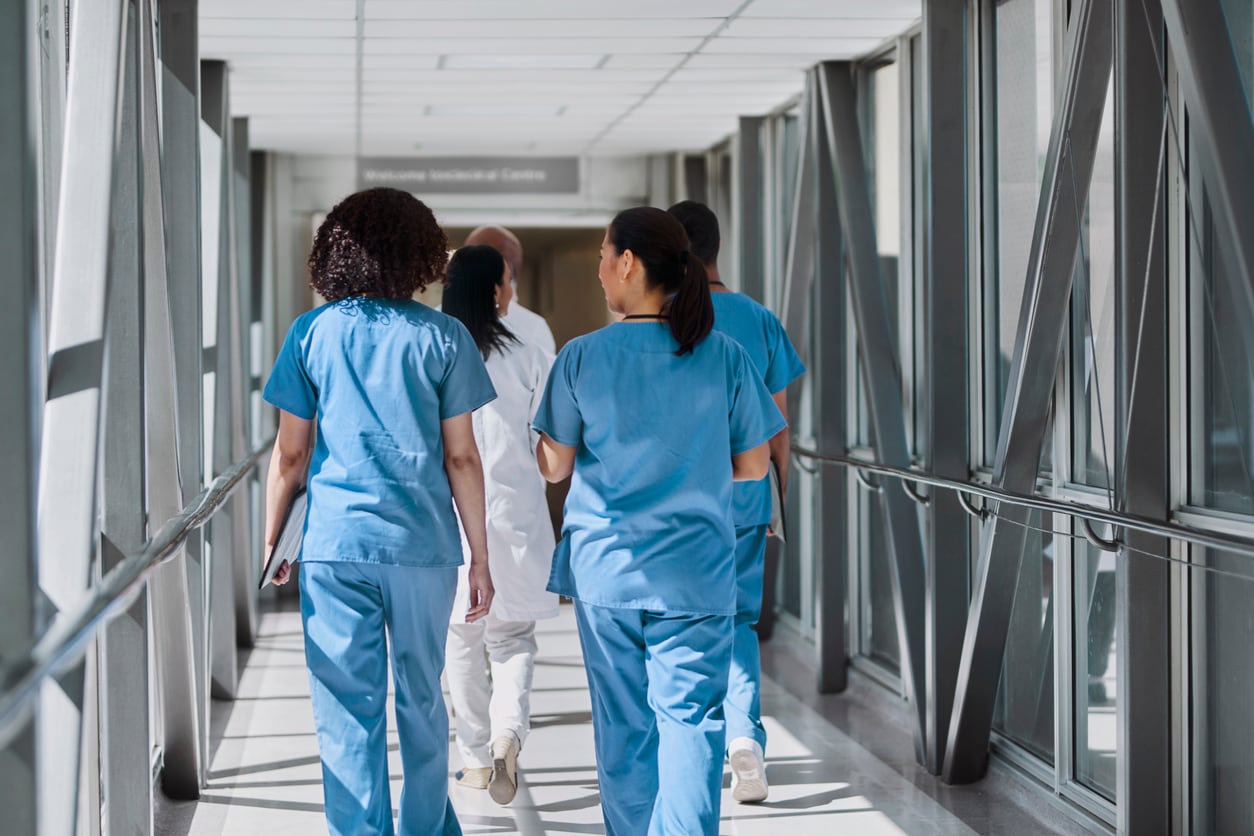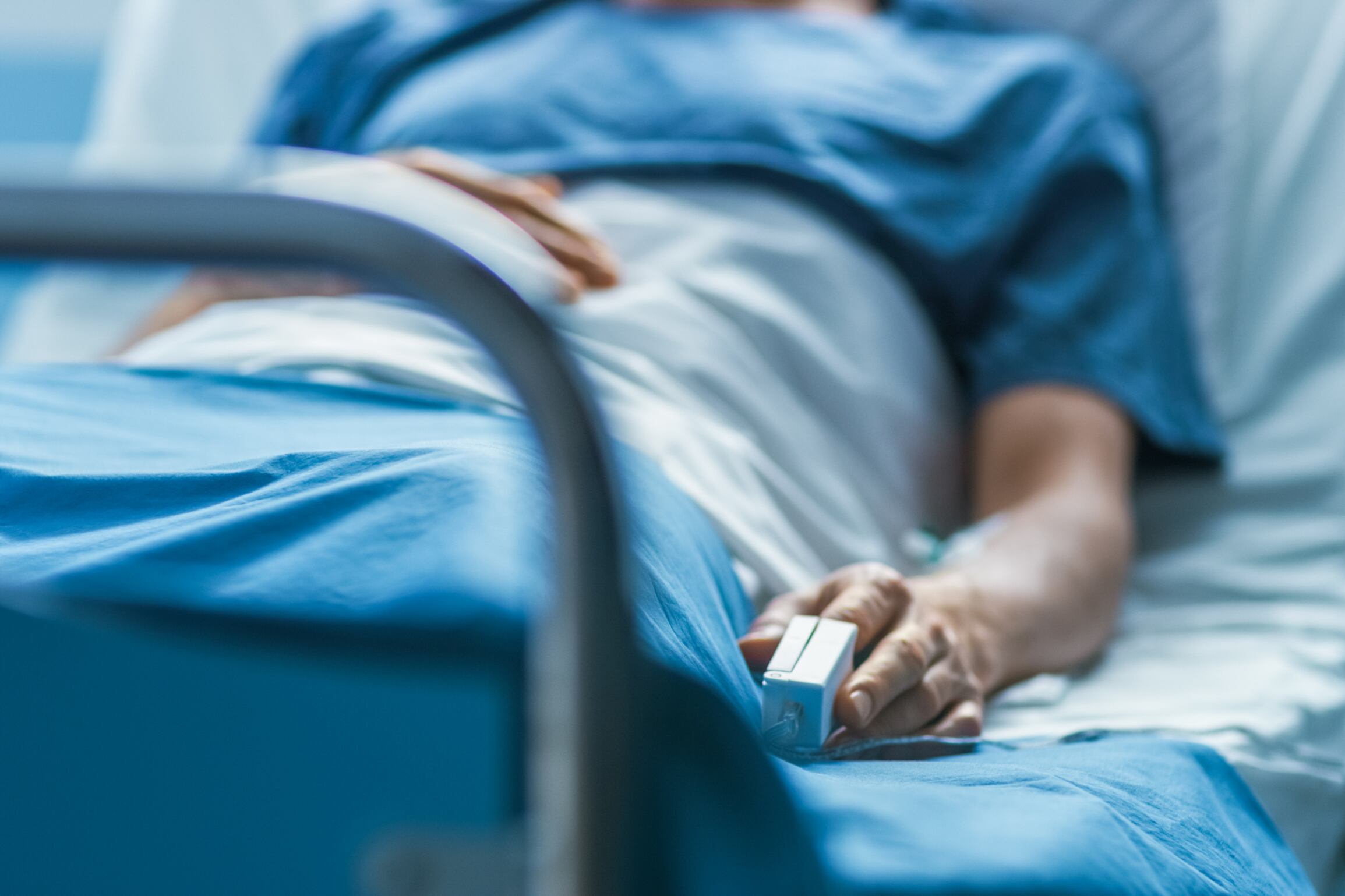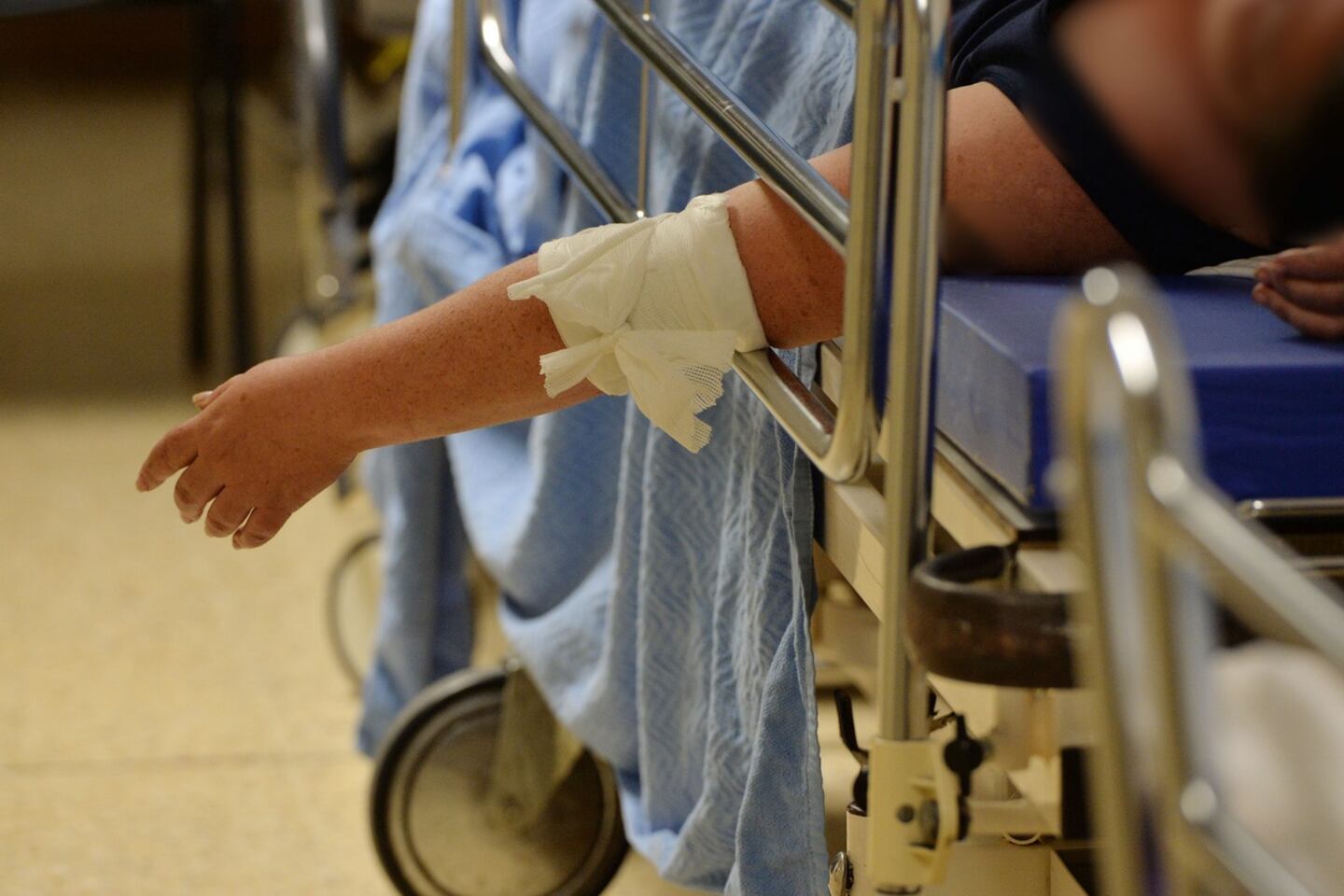Senior Health Service Executive (HSE) officials will tell the Oireachtas health committee on Tuesday that the situation in emergency units this winter was part of a European trend but that conditions were unacceptable and that “significant systemic improvements” are required to prevent a repeat.
HSE management, including acting chief executive Stephen Mulvany, will appear before the committee at Leinster House to discuss the recent overcrowding crisis in emergency units, which saw almost 1,000 patients on trolleys and on wards at one point earlier this month, according to figures compiled by the Irish Nurses and Midwives Organisation (INMO).
The HSE is set to tell TDs and senators that there has been “a substantial improvement in the situation over the past week, with a significant decrease in the numbers of patients on a trolley awaiting a hospital bed”.
“We continue to work to drive these numbers down further, in a safe and sustained way,” Mr Mulvany will say.
READ MORE
The HSE team will stress that the extraordinary pressures on hospitals in the post-Christmas period were part of a trend that health authorities across Europe are all experiencing due to the combination of Covid-19, the respiratory syncytial virus (RSV) and a particularly virulent wave of flu.
“This is a situation that is being experienced by almost all health systems in western Europe,” Mr Mulvany will say. “Attendances and admissions at emergency departments [EDs] across the country have been higher in 2022 than ever before. Levels of infectious respiratory diseases are at exceptional, with sustained peaks when compared to the past five seasons.
“The impact on our EDs has resulted in increasing numbers of patients waiting on trolleys for admission to a bed, to a daily high of 772 patients awaiting admission on trolleys on Tuesday, 3rd January.” The 772 figure comes from the HSE’s own trolley count, which is generally lower than the numbers reported by the INMO.
“The combination of the baseline increase in activity across the year and the severity of respiratory viruses this winter has resulted in increased numbers of patients waiting on trolleys and in surge facilities for longer periods,” the HSE will say.
However, anticipating criticism from TDs, Mr Mulvany will tell them: “The HSE regrets that this has been the case. Our staff do not believe this is acceptable and neither do we.”
He is likely to stress the contribution that healthcare staff have made in recent weeks amid very difficult conditions.
Mr Mulvany will acknowledge that “significant systemic improvements are also required in processes, clinical pathways and whole-system integrated working”, insisting that this will “directly benefit patient safety and care”. He will also say that management has been assessing which changes in working practices have been having a positive effect in hospitals, and that these should form part of future plans.
Following an appeal from Minister for Health Stephen Donnelly and a request from HSE chiefs, many staff – crucially including hospital consultants – have worked at weekends, leading to an easing of congestion and lower numbers of patients on trolleys. However, the sticking-plaster solution of recent weeks is not, the health chiefs will say, a permanent solution.
“This is an emergency response and not a sustainable solution with the current capacity and resources.”















